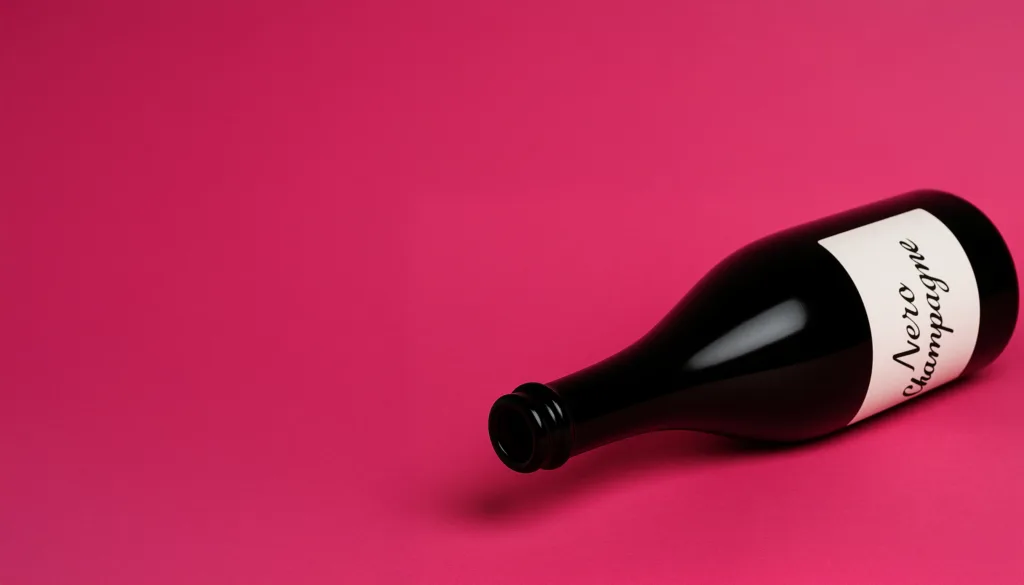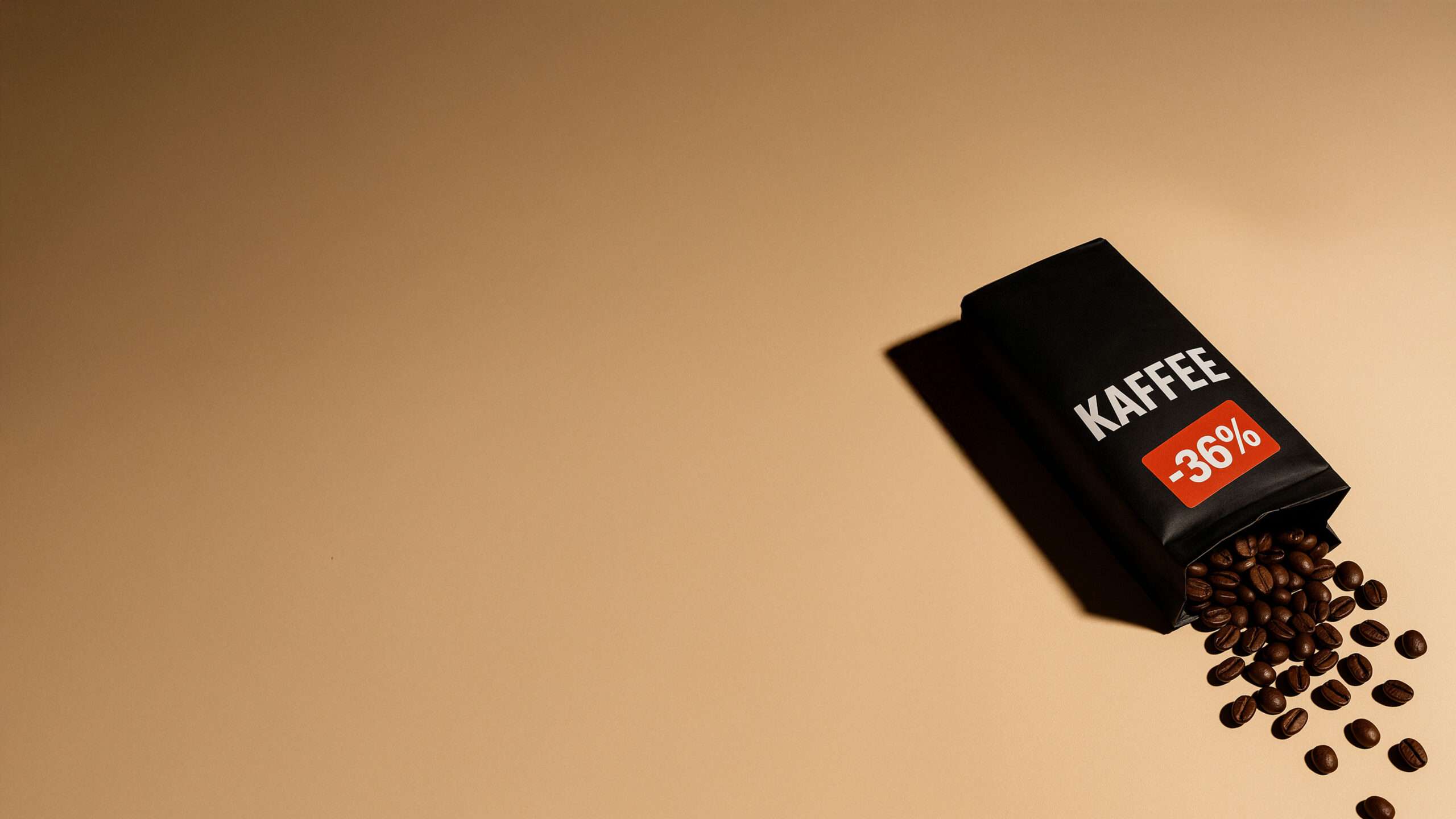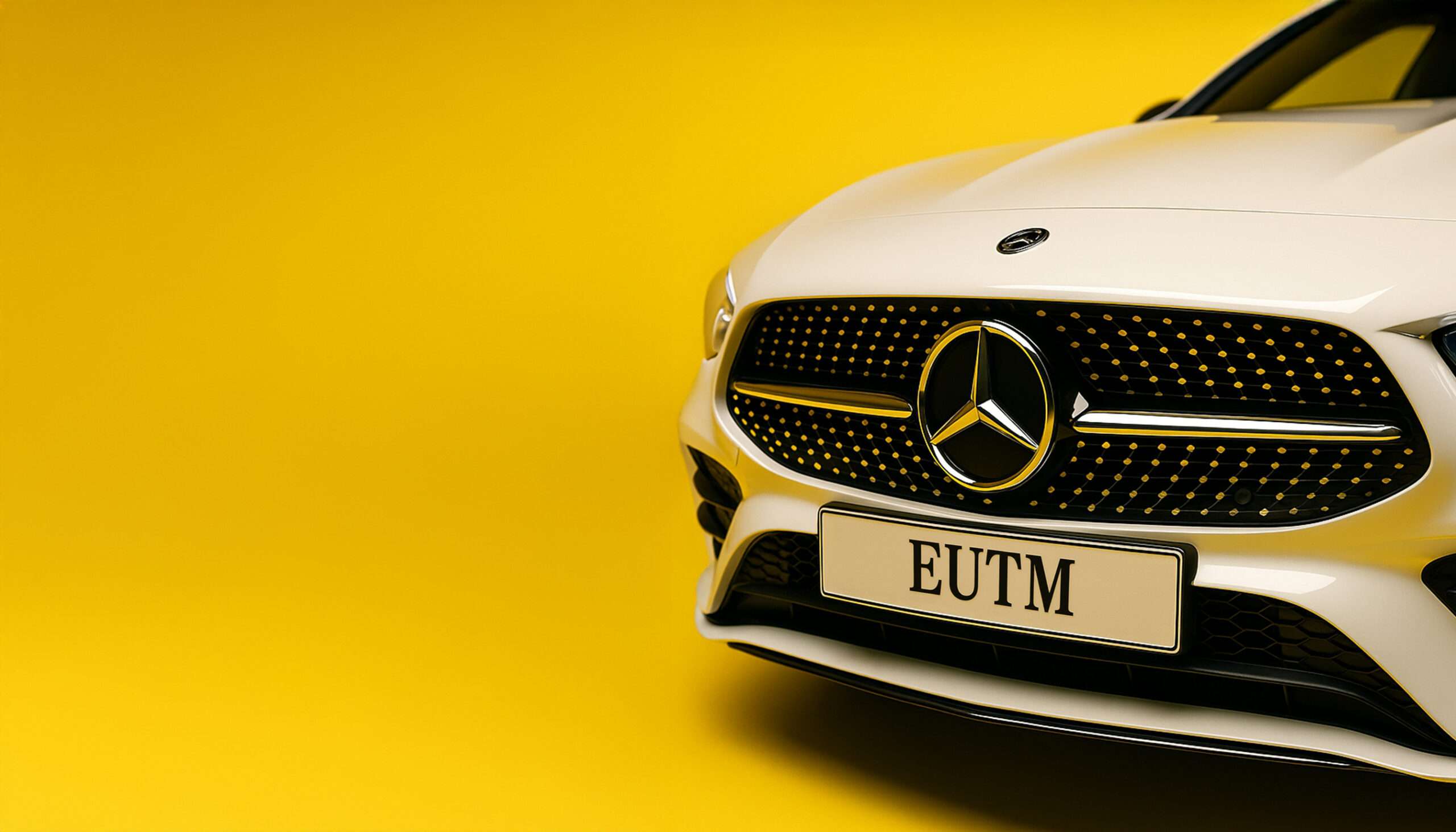
Nero Champagne
vs.
Champagne.
Nero Champagne
vs.
Champagne.
from
Can you add a sonorous suffix to a real Champagne – such as “Nero” – and then have the whole thing protected as a trademark? Or is this an impermissible exploitation of the reputation of the protected designation of origin “Champagne”?
What is it all about?
An Italian company had applied for the EU word mark “NERO CHAMPAGNE“. The trademark was intended to designate sparkling wines that expressly correspond to the product specification of the protected designation of origin Champagne, i.e. genuine Champagne. In addition, sales and promotional services relating to Champagne wines were to be offered under the trademark. The industry association “Comité Interprofessionnel du Vin de Champagne” and the French quality authority INAO saw this as a threat to the reputation of “Champagne” and lodged an objection.
The EUIPO – the European Union Intellectual Property Office – had partially rejected the opposition. The reasoning: If the registered goods complied with the Champagne requirements anyway, the protection mechanism of the geographical indication was not affected. In other words: Anyone selling genuine Champagne is also allowed to have “Champagne” in their trademark – as long as the list of goods is restricted accordingly. The French institutions challenged this view before the General Court of the European Union (EGC).
Decision on Nero Champagne
The EGC ruled in favor of the industry association and against Nero Champagne. With Decision of 25.06.2025 – Ref. T-239/23 the court clarified: Even if a trademark is only registered for goods that correspond to the Champagne specification, it can still infringe the special protection of the geographical indication. The decisive factor is not only the description of the goods, but also the effect of the sign on the consumer.
It cannot be excluded a priori that the trademark applied for takes advantage of the reputation of the geographical designation of origin … although the products … comply with the specification.
In other words, even genuine Champagne may not be marketed in such a way that the glamorous reputation of the name “Champagne” is appropriated or distorted in a trademark. The EGC therefore annulled the decision of the Board of Appeal and upheld the opposition in its entirety. The registration of “NERO CHAMPAGNE” was refused – both for sparkling wines and for services in the areas of distribution, advertising and events.
Why the court ruled as it did
The EGC expressly rejected the “limitation theory” advocated by the EUIPO. According to this theory, the protection of the geographical indication should cease if the description of the goods in the trademark application is limited to products that correspond exactly to the specification. The court clarified that such a blanket assumption contradicts the system of origin protection. The examination of whether a trademark exploits the reputation of a protected indication or misleads the public must always be specific.
The focus was on the question of how the public understands the word combination “NERO CHAMPAGNE”. The word “Nero” is associated by Italian-speaking consumers with the meaning “black” and is also reminiscent of well-known grape varieties such as “Nero d’Avola”. This could give the impression that it is a special variant of Champagne – such as a “black” Champagne or a sparkling wine made from dark grapes. However, as the Champagne specification only recognizes white and rosé varieties, such an idea is simply inaccurate.
The EGC therefore considered it obvious that the trademark “NERO CHAMPAGNE” could mislead consumers. In addition, the addition “Nero” in combination with “Champagne” exploited the luxurious reputation of the French cult drink. The Italian company had argued that it had a family of brands with the element “NERO” (such as “NERO GOLD”, “NERO COFFEE” etc.), which the public was familiar with and therefore could not be misleading. The court did not accept this objection: Such a family of trademarks was not sufficiently well-known to actually shape the public’s perception.
Significance for practice
The ruling has considerable significance beyond the individual case. It shows that the protection of geographical indications not only protects against unauthorized use by third parties, but also works within the protected area. Even those who offer “genuine” products may not use the name under trademark law in a way that could mislead the public or exploit the reputation of the indication of origin.
For trademark owners in the beverage sector, this means that merely restricting the list of goods to products with PDO status is not a carte blanche. The overall impression remains decisive. Even small semantic additions – such as color indications or allusions to grape varieties – can disturb the balance and constitute an impermissible exploitation of reputation.
Anyone offering services related to such products – such as events, advertising or retail – must also carefully check whether the chosen trademark could mislead the public about the nature or origin of the goods. This is particularly true in digital distribution, where brand names are often used as keywords or hashtags.
Conclusion
“Champagne” remains a special case – and therefore particularly protected. The ruling shows impressively that even a genuine product is not automatically immune to the protection mechanism of geographical indications. The attempt to emphasize the premium character with linguistic additions can quickly be seen as an exploitation of reputation or misleading.
With its decision, the EGC strengthens the integrity of the protection of origin and at the same time sends a clear signal to trademark applicants: Anyone working with prestige designations should not only think about the bottle, but also about trademark law.
We are happy to
advise you about
Trademark law!






